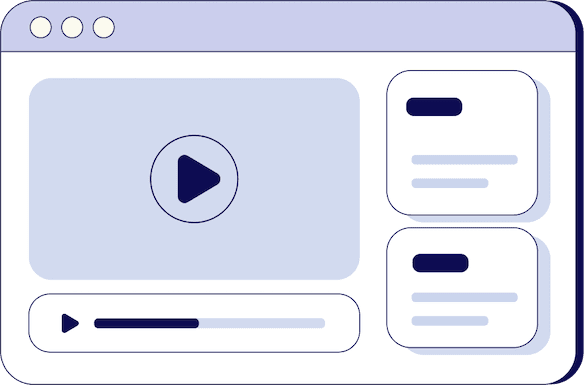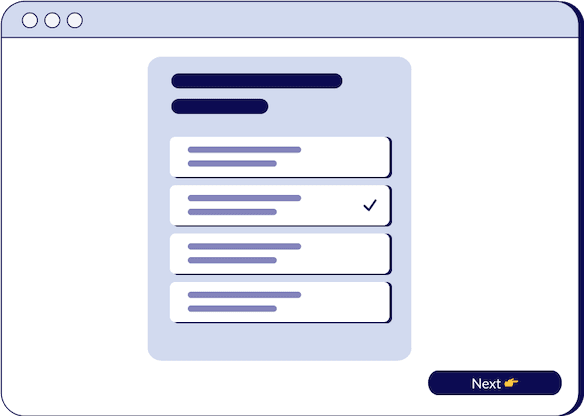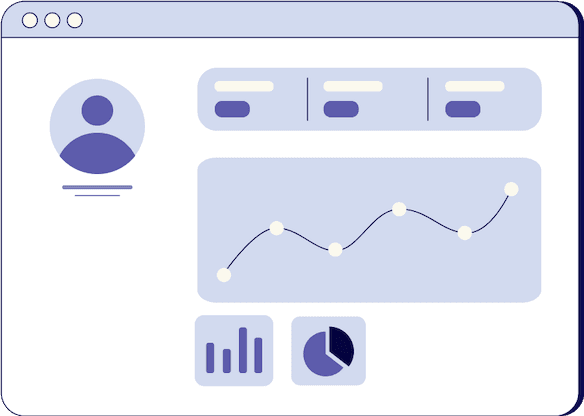.jpg&w=3840&q=75)
COI Versus ROI - Creating Urgency with Cost of Inaction
Victor Antonio
Author, Speaker
.jpg&w=3840&q=75)
- duration
- 14 min
- Average Score
- 78%
- Stars
- 5
In the world of sales leadership, creating a sense of urgency is a critical skill. Sales reps need to understand that customers will only make a change when the pain of staying the same becomes greater than the pain of change. In this session, we'll delve into the art of creating urgency, the power of cost of inaction, and how to effectively calculate ROI to drive sales success.
The Power of Creating Urgency
Creating urgency is a fundamental aspect of sales. When the pain of maintaining the status quo becomes unbearable, customers are more likely to embrace change. The key is to make them feel the urgency and necessity of that change. The famous saying, "A customer will only make a change when the pain of the same is much greater than the pain of change," is a potent reminder of this principle.
Key Takeaway: Customers need to be convinced that the pain of their current situation is far worse than the perceived pain of change.
The Importance of Cost of Inaction
While Return on Investment (ROI) is a common metric used in sales, there's another side to the equation that often goes overlooked - the cost of inaction. The cost of inaction (COI) focuses on what it's costing the customer not to make the necessary changes.
Key Takeaway: People are motivated more by the fear of losing something than by the prospect of gaining something.
ROI vs. COI - The One-Two Punch
ROI and COI complement each other in a sales pitch. ROI outlines the potential gains and benefits a customer can expect from a purchase. In contrast, COI highlights what customers stand to lose if they don't take action. The combination of these two metrics creates a powerful persuasive tool.
Key Takeaway: When presenting your solution, consider both the positive ROI and the negative COI to provide a holistic view of the customer's potential outcomes.
Calculating the Cost of Inaction
To effectively utilize COI, you need to be able to calculate it accurately. The cost of inaction has two primary components: the present cost and the future cost. Additionally, it includes the often-overlooked opportunity cost, which accounts for potential referrals and upsell opportunities lost due to inaction.
Key Takeaway: A comprehensive COI calculation considers the immediate and long-term costs of not making a change, including missed opportunities for growth and referrals.
A Real-World Example
Let's walk through a practical example of how to apply COI in a sales scenario. Imagine a sales training proposal where the potential customer perceives the cost as high. In this case, you can use COI to demonstrate the tangible benefits of the training.
- Average Deal Size: If the customer's average deal size is $10,000.
- Conversion Rate: If their conversion rate is 30% (three out of every ten deals close).
- Number of Salespeople: Assuming they have 20 salespeople.
By improving the conversion rate by just 10%, you can calculate the immediate gain. Over a year, this could result in an additional $200,000 in revenue for the customer. Now, consider the opportunity cost: referrals and upsell opportunities. By letting the customer insert their numbers, you create a sense of ownership and commitment to the figures.
Key Takeaway: Use data to make the COI as concrete and relatable as possible, focusing on both immediate and long-term losses.
The Upsell and Cross-Sell Opportunity
Another often-overlooked aspect of COI is the potential for upsell and cross-sell opportunities. By not closing a deal, you're not only missing out on the initial sale but also on the additional revenue you could generate from that customer over an extended period. When discussing customer lifetime value, encourage the customer to provide a number based on their expectations.
Key Takeaway: Highlighting the potential loss of upsell and cross-sell opportunities emphasizes the long-term consequences of inaction.
Incorporating COI into your sales approach allows you to create a sense of urgency and drive customers to take action. By showcasing both the positive ROI and the negative COI, you can offer a comprehensive perspective on the potential outcomes. Remember, people are motivated more by avoiding loss than by achieving gain, making COI a powerful tool in the hands of a skilled salesrep.
Incorporate these strategies into your sales process approach, and you'll find that your ability to drive urgency and close deals significantly improves. The cost of inaction may be the key to unlocking your sales team's full potential.
How Triple Session works
Training, Testing, & Feedback
Triple Session's proven formula accelerates your sales performance through consistent, organized practice, backed by measurable results.

Bite-Sized Knowledge
Our expert-led video sessions simplify complex sales concepts into easy-to-digest 5-15 minute videos for better retention.

Test Your Understanding
After each session, there will be a quiz to test your understanding and help you improve on any areas that need more attention.

Evaluate and Grow
Get progress snapshots after each quiz to track your improvements and achieve your sales mastery goals.